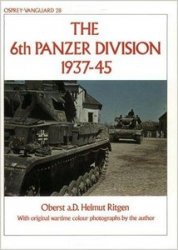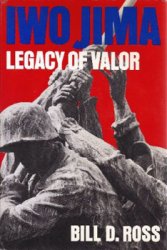Sharon’s division was given the task of leading the Canal crossing with a brigade of paratroopers reinforced by tanks. His mission was to cross in the area of Deversoir, with his left flank hinging on, and protected by, the Great Bitter Lake, and to establish and hold a bridgehead three miles wide northwards from the lake, thus putting Egyptian mortars and anti-tank missiles out of range of the preconstructed bridge, which in the meantime would be towed to the Canal and laid across it. The tanks would pass through the agricultural strip running parallel to the Canal along the sweet-water (irrigation) canal and begin, in the initial phase, to knock out Egyptian surface-to-air missile sites, thus clearing the air above the bridgehead for the Israeli Air Force. Adan’s division would be held in readiness to cross immediately after Sharon, while Magen’s division was to be prepared to cross on a given order. It was expected that at least one of the pontoon bridges would be operational early on the 16th.
Later, the plan was issued in a more detailed manner. In addition to effecting the first crossing, Sharon’s division was ordered at the same time to widen the corridor to the Canal on the east bank — capturing the Chinese Farm and the stronghold codenamed ‘Missouri’ — up to a point three miles from the water-line. This move would open the two axes leading to the Canal, ‘Akavish’ and ‘Tirtur’ (the latter a ruler-straight road that had been built for the specific purpose of towing the preconstructed bridge to the Canal). The initial crossing would be carried out by a brigade of paratroopers in inflatable boats, supported by ten tanks, which would cross on rafts. Two bridges would be established: a preconstructed bridge and a pontoon. The assault force would secure the bridgehead and, when additional forces crossed, move southwards. Should any difficulty be encountered in widening the corridor on the east bank, Adan’s division would cross after the assault units, and only thereafter would the remainder of Sharon’s forces cross. Adan was to cross the bridge on the morning after Sharon’s crossing, and sweep southwards on the eastern flank of Sharon’s southern sweep. His mission was to destroy the surface-to-air missile batteries in the area, and thus enable the Israeli Air Force to establish supremacy in the air over the battlefield. The attack was to develop in order to cut off the Egyptian Third Army and to destroy it. Simultaneous with the crossing, the northern force under Brigadier-General Sasoon (who had replaced Magen) and Magen’s division in the south, were to launch attacks along their fronts in order to pin down the enemy forces.
The Israeli forces had, over the years, prepared the infrastructure for a possible crossing of the Canal within the framework of normal military planning. They had built roads, such as the one codenamed ‘Tirtur’ in the Deversoir area, along which preconstructed bridges could be towed on rollers. The area facing the planned crossing point at Deversoir had been prepared as a concentration area with high sand walls scooped out, creating a large protected ‘yard’ where the necessary last-minute organizing and arrangements could be made.
It was quite clear to Sharon, however, as he prepared to launch the attack, that he would not be able to carry it out in the framework of the timetable. His plan was for an armoured brigade under the command of Colonel Tuvia Raviv to launch a holding attack against the Egyptian bridgehead of Second Army at its southern flank, while Reshefs brigade would make a wide, southerly, flanking movement through the sand dunes to the Canal. One force of Reshefs brigade would capture the Egyptian-held fortification of Matzmed, where the Suez Canal enters the Great Bitter Lake; a second force would clear Akavish Road; while the third force would move northwards to widen the corridor in the direction of the Chinese Farm and would clear Tirtur Road. A paratroop brigade under Colonel Danny Matt would follow Reshefs brigade along Akavish; while yet another brigade under Colonel Erez would follow Matt’s brigade, and the divisional crossing would be completed by Reshefs brigade. The basic assumption of the entire plan was that the preconstructed bridge would be across the water by the next morning. While Raviv was securing the corridor on the east bank, one force of Erez’s brigade was to cross with Danny Matt, with another towing the preconstructed bridge along Tirtur to the banks of the Canal. At the same time, Raviv’s brigade was to launch an attack in order to draw the main weight of the Egyptian 16th Infantry Division and 21st Armoured Division north, in the direction of the Tasa-Ismailia road, and to focus the Egyptian Command’s attention on the northern sector of the front.




 World History
World History









